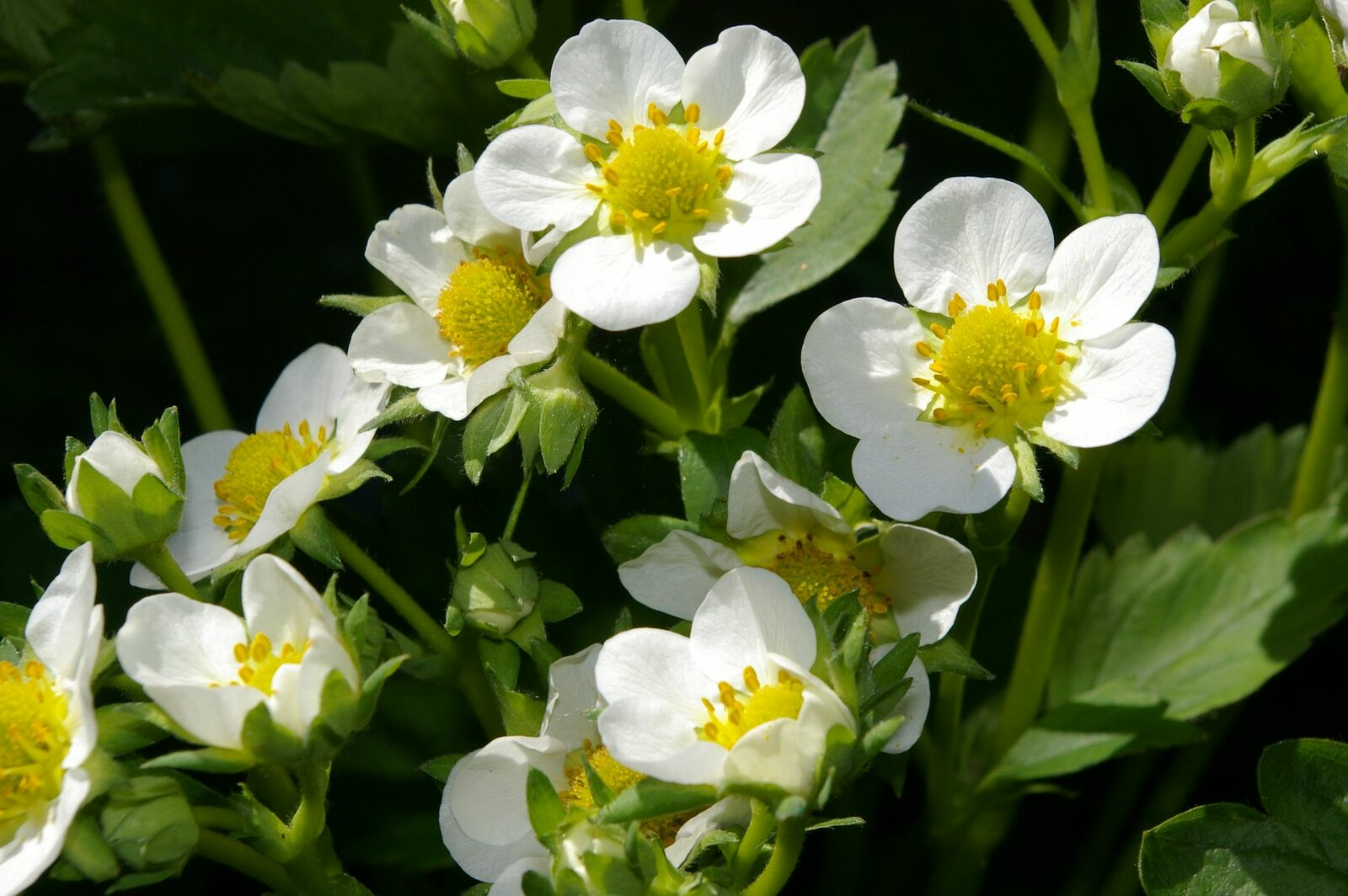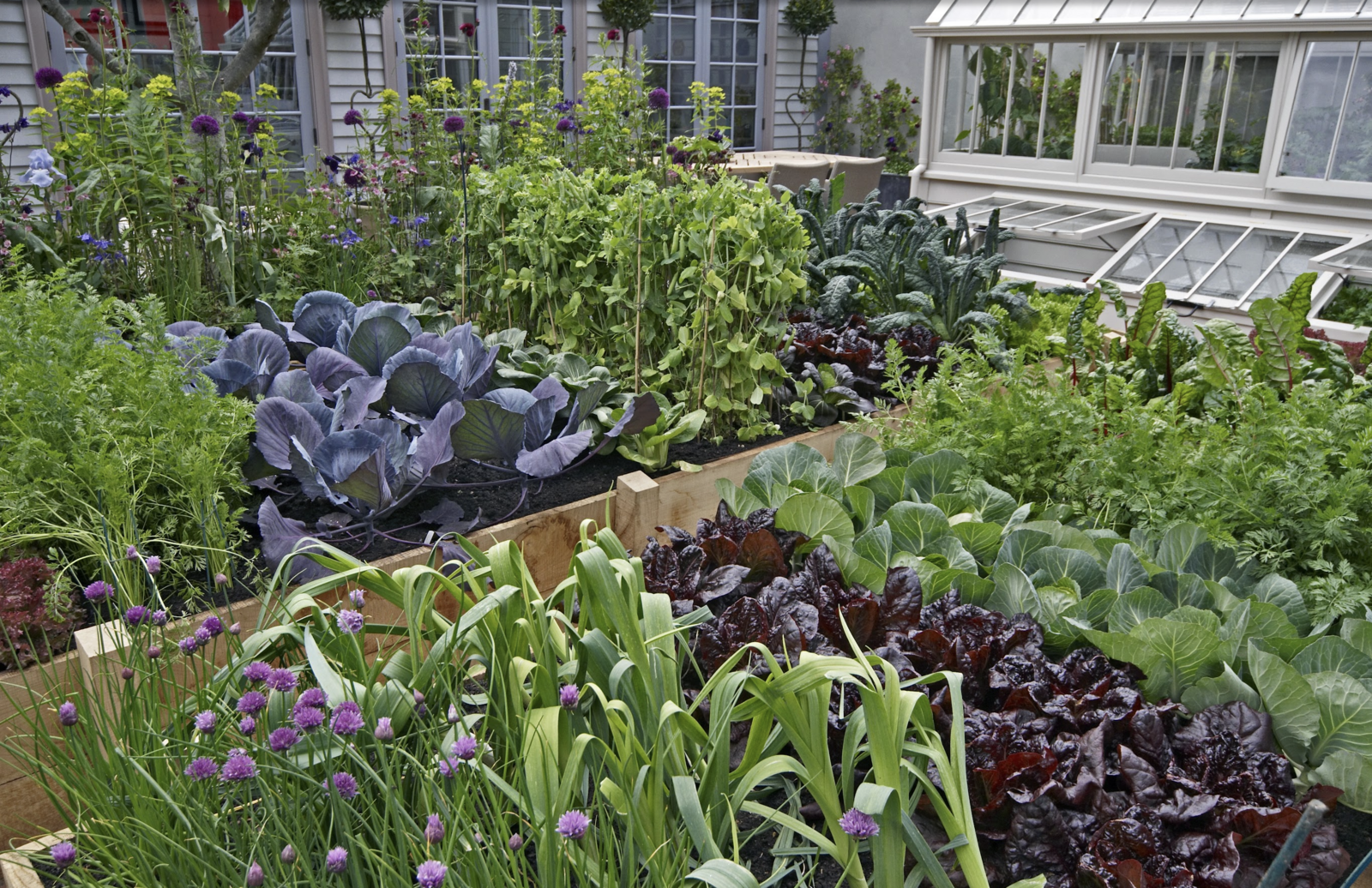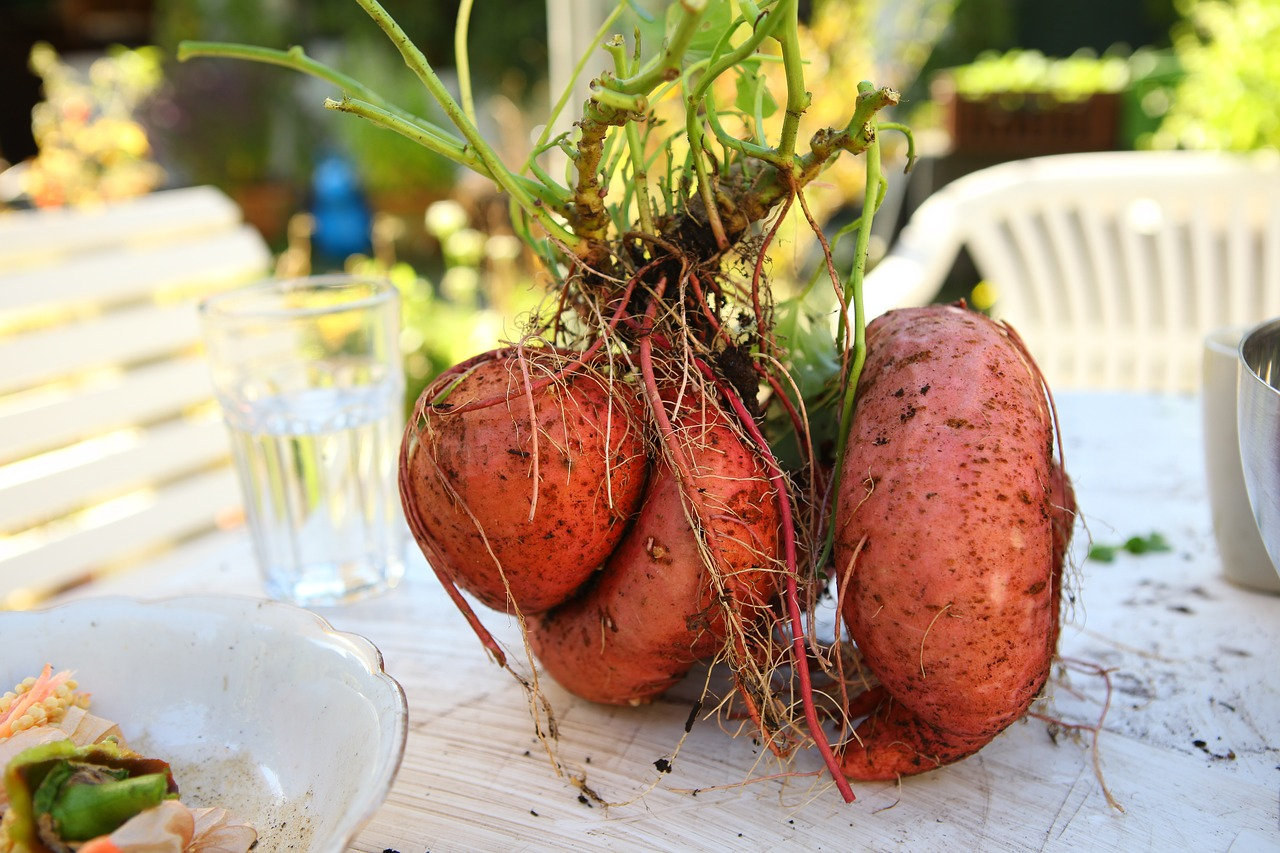
Thyme Types, Varieties and Species at a Glance
Thyme, like many other Mediterranean herbs, belongs to the Lamiaceae family. The genus Thymus includes a good 300 species. It is a popular spice and medicinal herb. But with the right variety, it can also be used as an ornamental plant or as a hardy lawn. Here you will find an overview of the most popular varieties to help you find the right thyme for your garden.
This Article Contains:
Quick Overview
What Types of Thyme Are There?
- Common thyme (Thymus vulgaris): spice and medicinal plant
- Early-flowering thyme (Thymuspraecox): Spice and medicinal plant, lawn substitute
- Broad-leaved thyme (Thymus pulegioides): Spice and medicinal plant
- Lemon thyme (Thymus x citriodorus): Spice and medicinal plant, lawn substitute
- Breckland thyme (Thymus serpyllum): Lawn substitute, roof greening
Hardy Thyme Varieties: Examples
- Lemon thyme
- Common thyme
- Broad-leaved thyme or medicinal thyme
Common Thyme: Robust, Hardy Variety
Common thyme (Thymus vulgaris) has long been a popular spice and medicinal herb. Its warm and bitter-smelling leaves give many Mediterranean dishes their unmistakable flavor. It also contains antibacterial and digestive substances. It likes to share its place in the flower bed with other Mediterranean aromatic plants, such as sage or rosemary. We have listed The Other Vegetables That Go Well With Thyme here.
As thyme does not grow very large, only about 10 cm/3.9 in high and 40 cm/15.7 in in diameter, it is also ideal as a container plant on the balcony. Outdoors, it is very robust, hardy and requires little care. As a potted plant, it needs to be watered regularly in summer, but waterlogging should be avoided. In spring, the old shoots are shortened by a third to prevent the thyme from withering. This allows it to sprout again. From May to October, the herb attracts numerous pollinators with its pink to light purple flowers. You can read more about Planting and Caring for Thyme in this article.


Want to Know More About Thyme Varieties?
In our library you will find information on the individual thyme varieties with cultivation periods, tips on planting and harvesting. You will also find good and bad companion plants to help you plan a mixed crop.
View Library NowEarly-Flowering Thyme: Ground Cover
Early-flowering thyme (Thymus praecox) is a creeping thyme. The perennial has long, woody, creeping stems. The leaves and stems are hairy all over. It is edible, but unlike true thyme or other varieties, it is not quite as rich in flavor. On the other hand, its numerous red to pink flowers, which bloom from June to July, are a feast for the eyes and attract numerous bees and other pollinators. This thyme is also very easy to care for. In the wild, it likes to grow on calcareous soil in rock crevices or on dry grassland. It is therefore very suitable as a carpet and can also be planted along or even in natural stone walls, for example.
Broad-Leaved Thyme: Hardy Medicinal Plant
Broad-leaved thyme (Thymus pulegioides) is a dwarf shrub that can grow up to 25 cm/9.8 in tall. Because of its essential oils, which give it a spicy aroma and flavor, this thyme is a popular culinary and medicinal herb. In addition, unlike true thyme, it does not tend to become woody. The dwarf shrub is frost-hardy and uncomplicated and is suitable both in the garden and in a pot on the balcony. Like all thyme varieties, it does not like waterlogging, but broad-leaved thyme should be watered regularly in dry locations. It displays its delicate purple to red flowers from June to August.
Lemon Thyme: Hardy and Aromatic

As a hybrid of the true thyme and the sand thyme, the lemon thyme (Thymus x citriodorus) has everything you need for your garden. As its name suggests, it exudes a lemon-like fragrance in addition to its spicy thyme note. As it is rich in essential oils like real thyme, it enriches your kitchen as a spice and medicinal plant. Its cushion-like and robust growth makes it a fragrant lawn substitute. With its beautiful leaves, it adorns rock gardens and herb beds. The perennial flowers in light purple from July to August. This thyme is hardy, forgiving and does not need to be pruned as it only grows 8 - 10 cm/3.1 - 3.9 in tall. The only important thing is that it gets enough sun.
Breckland Thyme as Ground Cover

Breckland thyme (Thymus serpyllum) grows like a cushion and is very low at just 5 - 8 cm/2 - 3 in. It is therefore very suitable as a lawn substitute in dry locations. As it does not need to be mowed, the perennial is also ideal as a green roof. Here it grows as a mat. However, the perennial can also thrive well between stones, as it has low nutrient and humus requirements. In contrast to other thyme varieties, this one also tends to avoid chalky soils. Sand thyme, also known as field thyme, is also very resistant to cold temperatures. From June to August, it forms a pink to purple sea of flowers, which is a popular bee pasture. However, this thyme is also used as a culinary herb.
Have fun choosing the right variety for your garden! If you have any questions or comments, please write to us at magazin@fryd.app. Would you like to receive helpful gardening tips all year round and plan your own beds optimally? Then register here or download the Fryd app for Android or iOS.
Fryd - Your digital bed planner
Image by silviarita on Pixabay
Ann Sophie
Current Topics in the Community

#red , #tuesday

Liked 1 times
#testpostcount

Dec 2025
Popular Articles

Companion Plants for Carrots: What (Not) to Plant With Carrots

Companion Plants for Celery : What (Not) to Plant With Celery?

Strawberry Types: List of Best Strawberry Varieties

Companion Planting With Strawberries: Companion Plants and Planting Plan

Basil Varieties & Types at a Glance

What to Plant With Cabbage: Good and Bad Companion Plants

Fertilizing Strawberries: Home Remedies & Natural Fertilizers at a Glance

Growing Sweet Potatoes: Tips on Cultivation & Companion Plants

Companion Plants for Kitchen Herbs: Chives, Parsley & Co

What Herbs Can Be Planted Together?
FAQ
What types of thyme are there?
The genus Thymus includes a good 300 species with different growth forms. Bushy, small-growing varieties include lemon thyme, true thyme and broad-leaved thyme. However, there are also varieties that grow as ground cover, such as sand thyme.
Which thyme varieties are hardy?
Hardy thyme varieties are, for example, true thyme, medicinal thyme and lemon thyme. These varieties can withstand even severe frosts down to -20 degrees, below which you should protect them with a fleece.
Which thyme variety can I plant as ground cover?
You can choose either the early-flowering thyme or the sand thyme as a lawn or ground cover. However, these varieties are not hardy.